1. San Francisco, California
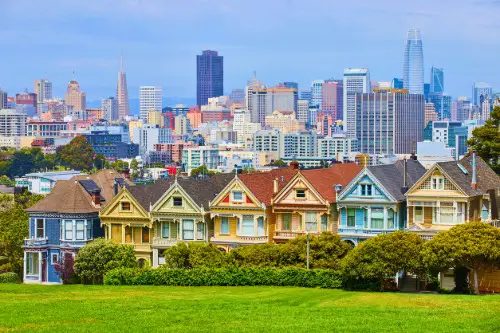
San Francisco is one of the few cities where nearly all its cemeteries were moved—except, not really. In the early 20th century, the city relocated most burial grounds to nearby Colma, but plenty of graves were left behind, especially in forgotten corners like under the University of San Francisco and the Legion of Honor museum, according to Rae Alexandra from KQED. Construction projects routinely uncover old coffins and bones, surprising workers and residents alike. The city’s desire for real estate expansion ended up paving over a lot of its past—literally.
The most famous example is the Odd Fellows Cemetery, where graves were supposedly moved but coffins still turn up during renovations. Locals joke about ghosts haunting the city, especially in areas where redevelopment stirred up remains. Though Colma is now known as the “City of Souls,” San Francisco never fully shook off the presence of its original dead. It’s a classic case of out of sight, out of mind—until the jackhammers start up.
2. New York City, New York
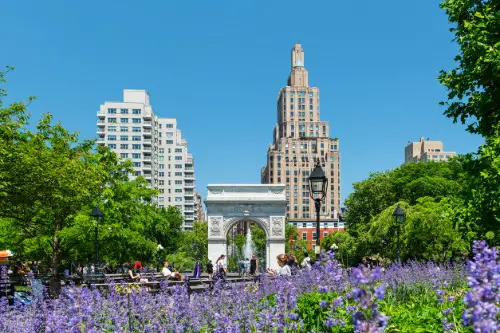
New York’s Washington Square Park is a favorite hangout, but beneath the trees and buskers lie more than 20,000 human remains, according to Christina Ray Stanton from Smithsonian Magazine. It was once a potter’s field, used from 1797 to 1825 to bury the city’s poor, victims of yellow fever, and criminals. When the city began developing the area in the 19th century, the graves were mostly left undisturbed—just built over. Today, parts of the park still collapse occasionally due to voids left by old burial shafts.
Every now and then, bones are unearthed during routine maintenance, bringing history a little too close for comfort. Some say the large elm tree known as the “Hangman’s Elm” adds an extra creepy factor, though no actual hangings occurred there. The buried dead under the park don’t get much peace, as concerts, protests, and daily hustle go on above them. It’s a rare, sobering thought in the middle of such a vibrant place.
3. Savannah, Georgia

Known as one of America’s most haunted cities, Savannah has more than ghost stories—it has literal cemeteries underfoot, according to Tim Guidera from WTOC. Many of the city’s public squares and roadways were built over colonial and Civil War-era burial grounds. Colonial Park Cemetery, for example, has gravestones lined neatly, but the actual bodies often lie outside the boundaries due to expansion and poor record-keeping. Building projects downtown routinely run into human remains, making archaeology a frequent necessity.
The city’s history of yellow fever outbreaks and wars meant hurried mass burials weren’t uncommon. Instead of relocating the graves, developers often just built on top, covering history with cobblestone. Residents have long accepted that the dead are part of daily life in Savannah. Maybe that’s why ghost tours are so popular—they’re walking over the real thing.
4. Philadelphia, Pennsylvania
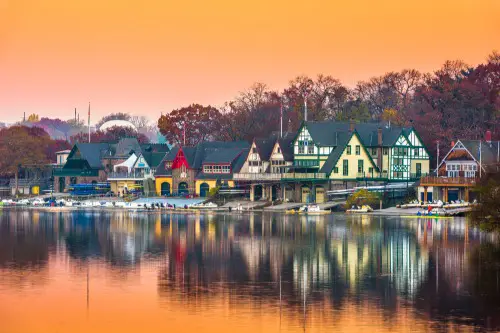
Beneath some of Philadelphia’s oldest neighborhoods lies the forgotten First Baptist Church Burial Ground, once a key cemetery in the 18th century. When the church moved in the 1860s, many of the bodies were never relocated. This came to light in 2017 when a construction crew stumbled on a mass grave during a condo development project. The site had been sold under the assumption that the bodies were long gone.
Philadelphia is peppered with these hidden layers of history, according to Elana Gordon from WHYY. Experts say there could be thousands of bodies still beneath homes, sidewalks, and storefronts. Early burial records were sketchy, and churches didn’t always follow through on reinterments. It’s the kind of thing that makes you think twice before digging a new garden in your backyard.
5. Denver, Colorado
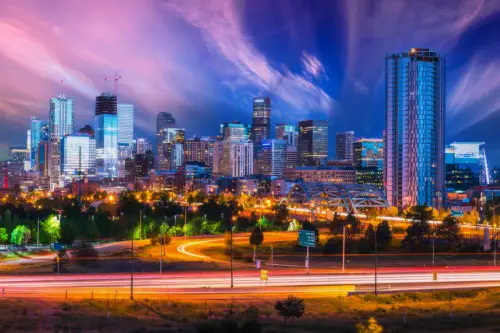
Denver’s Cheesman Park is serene and green now, but it used to be a cemetery called Mount Prospect, according to Jason Gruenauer from Denver 7 ABC. In 1890, the city decided it needed more public space and ordered the removal of the graves—but the contractor in charge did a horrible job. He dismembered and boxed up bodies in bizarre, disrespectful ways, leaving hundreds behind. Eventually, work stopped and the remaining graves were simply paved over.
To this day, people living nearby report strange sights and sounds, claiming the spirits never rested peacefully. In the 2000s, workers digging for irrigation lines still found skeletal remains. The park’s ghostly reputation has become part of its charm, but its past is anything but peaceful. It’s a textbook case of what happens when city growth meets poor planning and a lack of reverence.
6. Indianapolis, Indiana
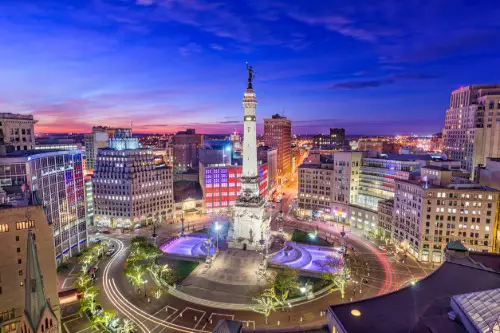
During the 1980s construction of the Indiana Medical History Museum parking lot, builders discovered over 2,000 unmarked graves. These belonged to patients from the Central State Hospital, a 19th-century psychiatric facility. The burial records were either incomplete or lost, leaving the city scrambling to handle the find. Most of the remains were quietly reinterred, but some likely still remain under the asphalt.
What makes this particularly haunting is how these individuals were treated in life—often abandoned and forgotten—and how they were nearly erased in death. Today, there’s a small plaque acknowledging the burial ground, but most visitors walk by unaware. The hospital itself is now a museum, but its grounds still carry an eerie energy. It’s a stark reminder of how society once handled mental illness and death.
7. Chicago, Illinois
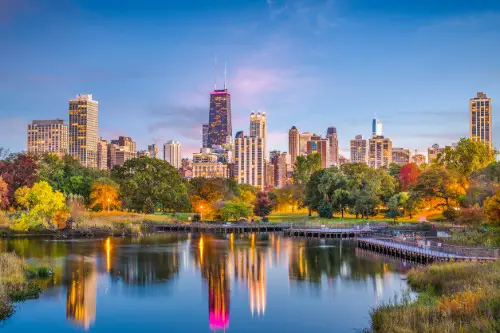
Lincoln Park is a beloved green space in Chicago, but it started as the city’s cemetery in the mid-1800s. When the area became desirable real estate, the city began relocating bodies to other cemeteries. However, thousands of bodies were never moved. Construction and erosion have continually exposed remains, even into the 2000s.
In 1998, a construction project unearthed 81 bodies during routine digging. Some are still being found beneath baseball fields and walking paths. The Chicago History Museum nearby holds records and artifacts tied to the park’s original use. It’s a place full of life—sitting right atop a long-buried past.
8. Los Angeles, California

The trendy neighborhood of Boyle Heights was once home to several cemeteries, including the forgotten Evergreen Cemetery potter’s field. The field served as a burial ground for the poor and marginalized communities, including early Chinese immigrants who faced segregation even in death. As the city expanded, the land was repurposed for roads and public buildings. But the graves never left.
Today, human remains are occasionally uncovered during routine maintenance or new construction in the area. The history has prompted some to push for more memorialization of the site. It’s a poignant reminder of how quickly cities can erase the lives of those deemed expendable. And how the earth, eventually, brings those stories back.
9. Tampa, Florida
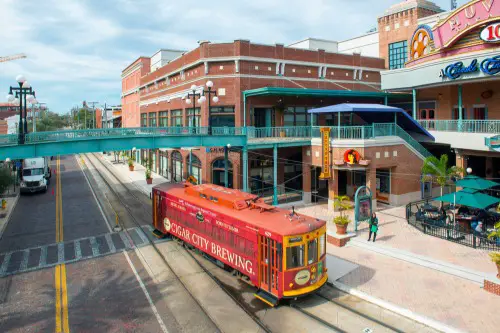
Tampa’s Zion Cemetery was rediscovered beneath a housing complex in 2019. It had been the city’s first African American cemetery, established in 1901 and later paved over for development. Nearly 300 graves were found using ground-penetrating radar—after decades of the land being used as if the cemetery never existed. Residents were shocked to learn they’d been living atop unmarked graves.
The city and historians have since launched efforts to properly honor the dead. But it’s part of a larger trend in Florida, where Black cemeteries were often neglected or overwritten by urban growth. In Tampa alone, at least three other burial sites have been similarly rediscovered. It’s a painful legacy of segregation, racism, and disregard for history.
10. New Orleans, Louisiana

New Orleans has always had a unique relationship with its dead, thanks to high water tables and distinctive above-ground tombs. But beneath the bustling French Quarter are the forgotten remains of early colonists, Native Americans, and victims of frequent yellow fever epidemics. The area was never a formal cemetery, but dead bodies were often buried hastily wherever there was space. As the city developed, many were simply built over.
It’s not uncommon for construction crews to find bones during new builds or repairs in the Quarter. Regulations now require archaeological assessments for many projects. Locals are used to the idea that the past is just underfoot—sometimes literally. In a city obsessed with the dead, this history is more personal than spooky.
11. Portland, Oregon

Before Portland’s Lone Fir Cemetery was properly established, many settlers buried their dead wherever they could. When the city expanded, many of those graves were forgotten and covered by roads and buildings. A portion of Lone Fir was even paved over and used as a county office parking lot for decades. It wasn’t until the early 2000s that a survey revealed hundreds of bodies still buried beneath.
The city has since worked to reclaim and memorialize the lost cemetery section. Local historians and activists pushed for restoration and respect, leading to ongoing preservation work. But many Portlanders were shocked to learn about the parking lot’s hidden history. It’s a sobering example of how urban progress can so easily obscure the past.
12. Dallas, Texas
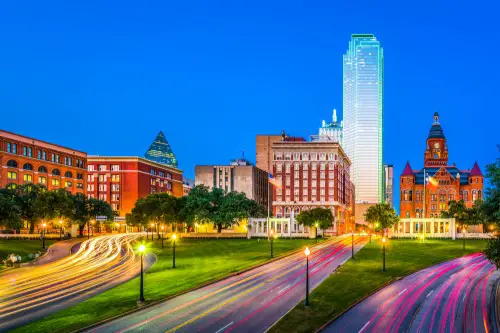
Downtown Dallas sits atop several forgotten graveyards, including the old Freedman’s Cemetery. Originally a burial ground for formerly enslaved people, the site was largely destroyed in the 1940s to make way for a highway. Bodies were unceremoniously moved—or not moved at all. By the time the cemetery was rediscovered, only fragmented records remained.
In the 1990s, a massive community effort led to the establishment of the Freedman’s Memorial, which now honors those buried there. Excavations found over 1,000 graves, many of which remain beneath the surface. It’s one of the few places in the country where a buried Black cemetery was reclaimed and commemorated. Dallas still drives over it every day, but at least the names are no longer invisible.


